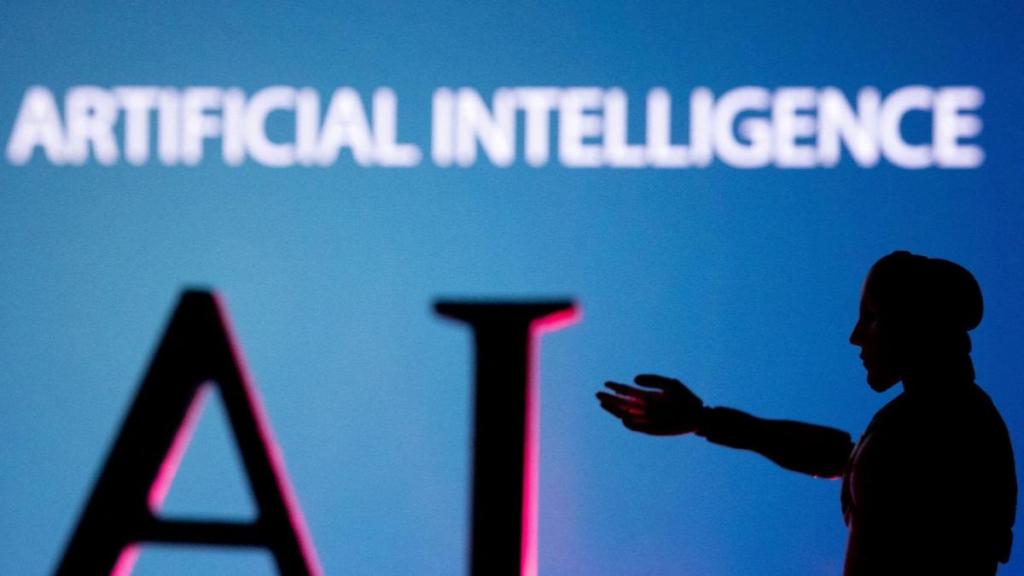By Shivaji Dasgupta
Too often, the brave new world of AI is excessively clouded by diabolical uncertainties. What Toby Walsh does exquisitely is to consider the present as a valuable use case, bridging a back story filled with learnings and a roadmap that resonates with opportunities, unified by the larger agenda of furthering civilisation, where ‘human’ must necessarily prevail over ‘artificial’.
The narrative begins with Alan Turing and his peer John McCarthy, the latter coining ‘Artificial Intelligence’ in the 1956 Dartmouth Conference. History buffs will adore the Mechanical Turk, a life-sized Android robot adept at chess, in service from 1770 to 1854. It was a colossal fake, setting the tone for deliberate deception that would mark technology development in this domain. The Wizard of Oz experiment by Johns Hopkins University makes for insightful reading, while the travails of Cloudsight and Expensify reconfirm the ‘sweatshop’ based approach towards AI that still clouds many candidates. The 2019 data point that 40% of European AI startups are actually ‘fake’ is further evidence of an ironic pattern.
We then encounter Deep Blue, the IBM computer which famously competed with chess grandmaster Garry Kasparov, and its successor Stockfish 13, clearly way above any current human acumen. The very first robot, inspired by Czech Karel Capek’s work from 1920, established a fundamental point about the destiny of any technology—that we are scratching the surface in terms of AI, as it requires decades for any scientific revelation to gain scalable optimality. The references are many, including speech recognition and chess playing mastery.
Object recognition, yet another posterboy, had its origins in 1966 and credit is duly shared with Deep Learning and Transformer Architecture for facilitating progress. Mark Twain’s observation that ‘history may not repeat itself but it often rhymes’ resonates sharply with the story of VisiCalc, the pioneering spreadsheet software from the 1970s and the spiritual guru of Microsoft Excel. What we are seeing in AI is possibly just a glimpse of the future—a VisiCalc moment—and the eventual go-to-society version will enjoy unimaginable generational upgrades.
The narrative progresses to deliberately faking intelligence, the credo of pretending to be a human being. ELIZA, circa 1960s by Joseph Wiezenbaum of MIT, and Eugene Goostman, who cleared the Turing Test in 2014, will make the reader ponder. Computers clearly have no clear understanding of language; they can simply replicate patterns, and this further compounds their tactical insincerity. The CAPTCHA, a routine part of digital existence, is, in fact, a reverse Turing Test, with the suspects being humans and not machines. Quite sobering are the author’s views on the metaverse, the successor of Second Life, as duplication gets frighteningly multi-sensorial.
Faking people is next on the agenda, and true to the author’s contextual integrity, the bridge between Frankenstein and the new-age troika of Siri, Cortana and Alexa is charmingly constructed. The Oscar-winning movie Her and Google’s ‘Duplex’ are quoted appropriately, pornography established as a proven threat and the ability of neural language model Vall-E to replicate voice tonality and emotion from just three reference seconds is worth noting. Deep fakes have already resulted in a military coup in Gabon, and in Ukraine, the replica of President Zelensky is asking troops to surrender weapons. DeepDrumpf is a business focusing on Donald Trump exclusively, Microsoft TAY faced issues with racist profiling, and regenerating dead people is firmly on the cards. Miquela, a youth influencer featuring in Time Magazine’s A List for 2018, turned out to be artificial, as is Sophia, developed by Hanson Robotics, and a citizen of Saudi Arabia. Fermenting evil is often easier than doing good; this is a binding cautionary tale.
Our attention is further secured by the next sequence of subjects, deeply meaningful for routine lives. On faking creativity, the author traces the journey from Alda Lovelace’s concerns about computational creativity to the portrait of Edmond De Belamy and a peer from Sotheby’s, exclusively machine-generated. Stable diffusion can effortlessly convert text to images while the exploits of BachBot and Deep-Speare are programmed to replicate Bach and Shakespeare expertly. Movies, novels and maths are all on the assembly line— clearly there are no boundaries.
The author takes immense pains to distinguish man from machine and thus conjures a workable model for cohabitation. Machines work on the data driven ‘nurture’ model leading to rational System One thinking, while humans are spontaneous System Two actors, inspired by ‘nature’ and intuitive habit formation. On consciousness, morality and free will (pillars of civilised society) machines have a long way to go and therein lies another form of critical collaboration.
The book ends with a roadmap for sustainable and valuable evolution of AI, not enforcing anthropomorphism and ensuring foolproof regulation being most appropriate. In entirety, very little is fake about ‘Faking It’, as Walsh expertly raises every pertinent matter with sufficient flair and without undue judgment. It is a celebration of humanness and caution for humanity, in the accomplished veneer of a scientific journey.
The author is an autonomous brand consultant and writer.
Book: Faking It: Artificial Intelligence in a Human World
Author: Toby Walsh
Publisher: Speaking Tiger Books
Pp 248, Rs 499









